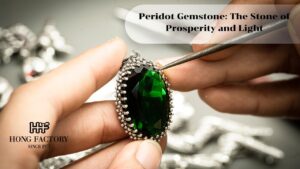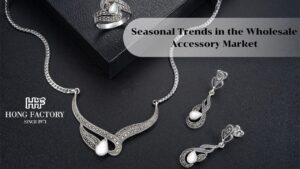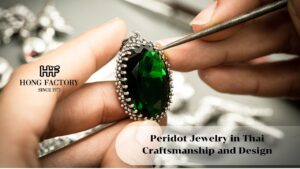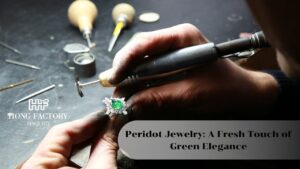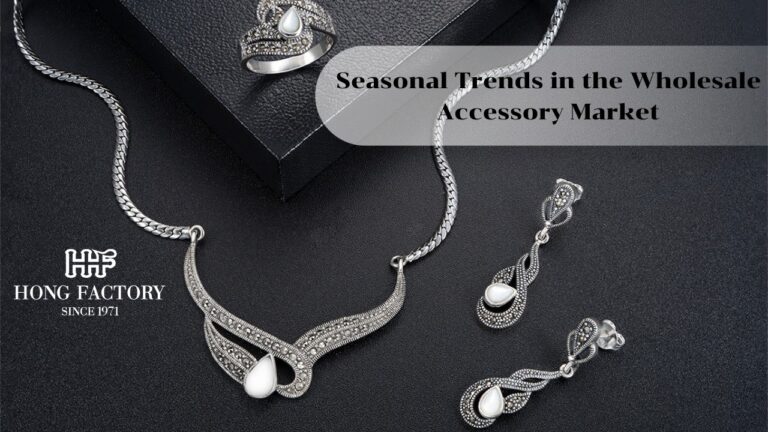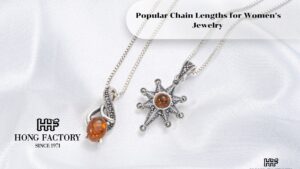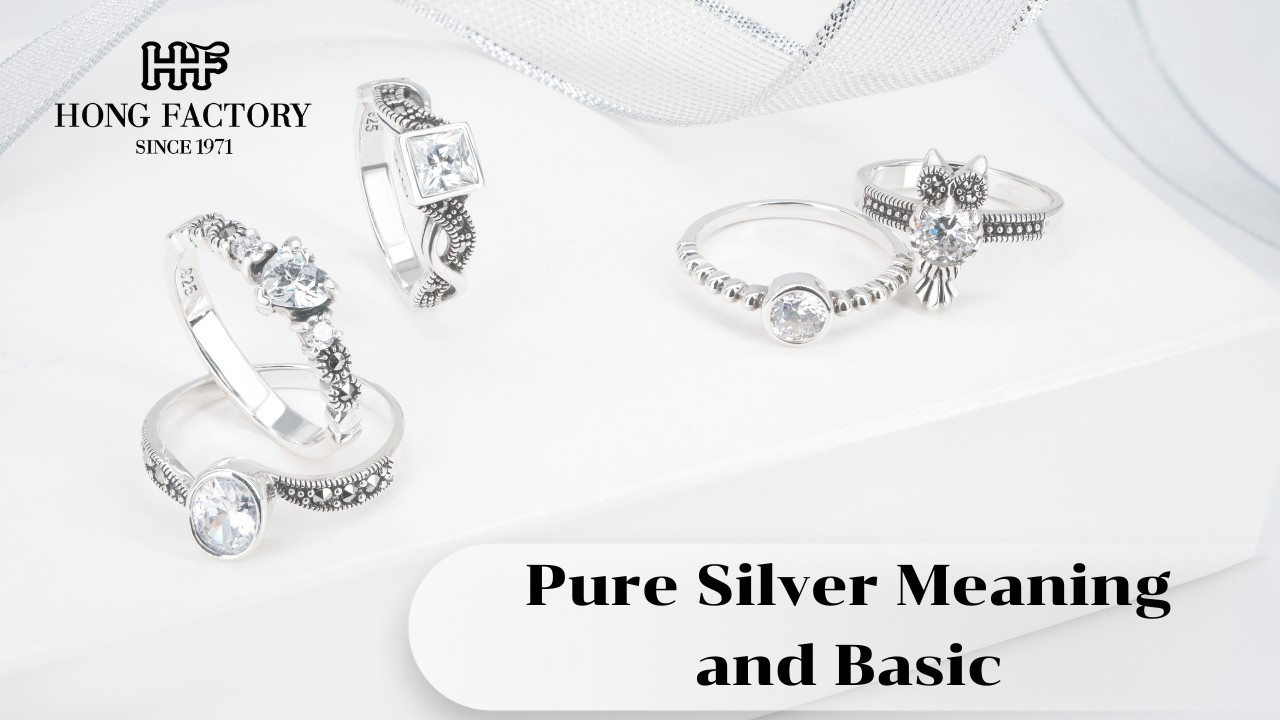
Silver has been valued for centuries as a precious metal used in jewelry, utensils, and even currency. Among the various forms of silver, Pure silver holds a special place because of its high silver content and distinctive qualities. While pure silver is less commonly used in jewelry compared to sterling silver, it remains an essential part of the conversation for anyone interested in understanding precious metals. This article explores the meaning of pure silver, its characteristics, and the basics that every jewelry enthusiast should know. Jewellery wholesale thailand
What is Pure Silver?
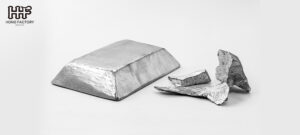
Pure silver, often referred to as fine silver, is composed of 99.9% silver and only 0.1% trace elements. This high level of purity gives it:
- A bright, natural shine
- Hypoallergenic qualities, making it safe for sensitive skin
- High malleability, allowing it to be shaped easily
- Prestige as one of the purest forms of silver available
Because of these properties, pure silver is admired for its beauty but less commonly used in everyday jewelry pieces due to its softness.
Pure Silver in Jewelry
Pure silver perception
When people hear the term Pure silver, they often assume it is the best choice for jewelry because of its purity. While it certainly has value, pure silver is too soft for most wearable pieces. Common uses include:
- Collector’s coins and bars
- Decorative items such as plates and figurines
- Minimalist jewelry that doesn’t face heavy wear
This makes sterling silver (92.5% silver with alloys) the preferred choice for rings, bracelets, and necklaces, as it balances strength with beauty.
Differences Between Pure Silver and Sterling Silver
Understanding the differences between pure silver and sterling silver helps buyers make informed choices:
- Purity: Pure silver is 99.9% silver, while sterling is 92.5%.
- Durability: Sterling silver is stronger and more resistant to scratches and bending.
- Tarnish Resistance: Pure silver is less prone to tarnish, but still requires care.
- Practicality: Sterling silver is ideal for daily wear; pure silver is better for collectors and ornamental use.
These differences explain why sterling silver dominates the jewelry market while pure silver is admired more for its intrinsic purity.
Why Pure Silver is Valuable

Pure silver’s value extends beyond jewelry because it is also used in:
- Industrial applications like electronics and solar panels
- Investment in the form of bullion or coins
- Artistic pieces and collectibles
Its high purity ensures that pure silver retains intrinsic value, making it a sought-after material across industries.
Care and Maintenance of Pure Silver
Although pure silver is soft, it can be preserved beautifully with proper care:
- Store in anti-tarnish pouches or cloths
- Clean with a soft cloth to maintain shine
- Avoid bending or shaping under pressure
- Keep away from harsh chemicals
Following these steps ensures that pure silver remains radiant and retains its value.
Pros and Cons of Pure Silver
Pros:
- Hypoallergenic and safe for sensitive skin
- High purity and intrinsic value
- Unique brilliance and shine
- Excellent for collectors and investors
Cons:
- Too soft for most wearable jewelry
- More expensive than alloyed silver pieces
- Requires careful handling and storage
Pure silver, with its 99.9% purity, holds a prestigious place in the world of precious metals. While it may not be the most practical choice for everyday jewelry, it is highly valued for its beauty, investment potential, and cultural significance. Understanding the basics of Pure silver helps consumers and collectors appreciate its role alongside sterling silver and other metals. Whether admired for its shine, used in industry, or treasured in collections, pure silver continues to symbolize timeless elegance and lasting value.

